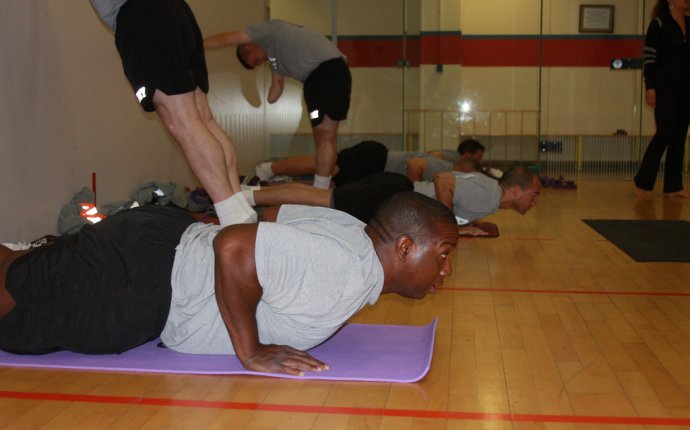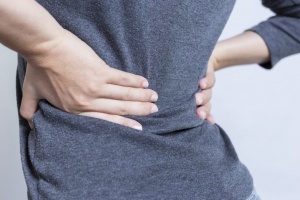
Exercises to Cure Lower back pain
 Low and lower back pain can vary from dull pain that develops gradually to sudden, sharp or persistent pain felt below the waist. Unfortunately, almost everyone, at some point during life will experience low back pain that may travel downward into the buttocks and sometimes into one or both lower extremities. The most common cause is muscle strain often related to heavy physical labor, lifting or forceful movement, bending or twisting into awkward positions, or standing in one position too long.
Low and lower back pain can vary from dull pain that develops gradually to sudden, sharp or persistent pain felt below the waist. Unfortunately, almost everyone, at some point during life will experience low back pain that may travel downward into the buttocks and sometimes into one or both lower extremities. The most common cause is muscle strain often related to heavy physical labor, lifting or forceful movement, bending or twisting into awkward positions, or standing in one position too long.
Other Causes of Low and Lower Back Pain
There are many different conditions that cause or contribute to low and lower back pain. Many involve nerve compression (eg, pinched nerve) that may generate pain and other symptoms. Types of spinal disorders include trauma-related and degenerative; meaning age-related. Some of these spinal problems are listed below.
- Spinal stenosis develops when the spinal canal or a nerve passageway abnormally narrows.
- Spinal arthritis, also called spinal osteoarthritis or spondylosis, is a common degenerative spine problem. It affects the spine's facet joints and may contribute to the development of bone spurs.
- Spondylolisthesis occurs when a lumbar (low back) vertebral body slips forward over the vertebra below it.
- Vertebral fractures (burst or compression types) are often caused by some type of trauma (eg, fall).
- Osteomyelitis is a bacterial infection that can develop in one of the spine's bones.
- Spinal tumors are an abnormal growth of cells ( a mass) and are diagnosed as benign (non-cancerous) or malignant (cancer).
Easing Pain at Home
If you've recently injured your low or lower back, there are a few things you can do.
- Ice then heat
During the first 24 to 48 hours, use ice wrapped in a towel or cloth. Ice helps to reduce swelling, muscle spasms, and pain. Thereafter, switch to heat. Heat helps warm and relaxes sore tissues.
Warning: Never apply a cold or heat source directly onto skin, always wrap it in something.
- Over-the-counter medications
Tylenol or Advil, taken according to package directions, may help reduce inflammation and pain. - Take it easy
While days of bed rest is no longer recommended, you may need to modify your daily routine to give your lower back the opportunity to recover.
When to Seek Medical Attention
- Low back pain is, or becomes severe and persistent
- Does not subside after a few days
- Interferes with sleep and daily activities









